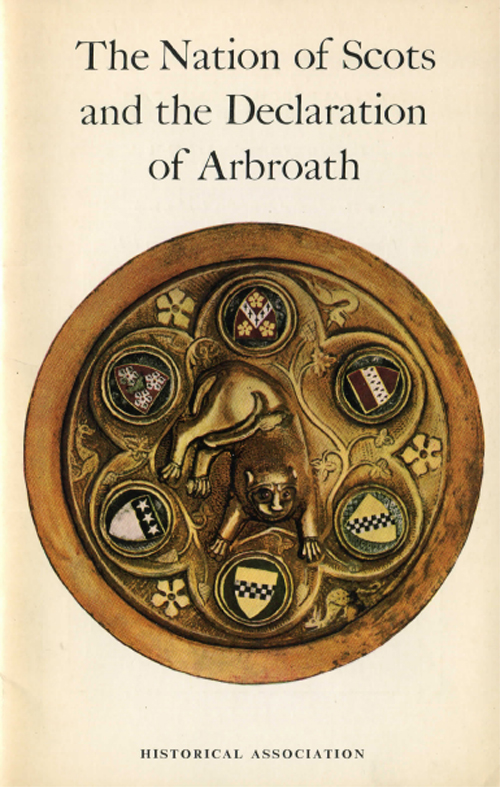The Nation of the Scots and the Declaration of Arbroath
Classic Pamphlet

The Struggle for Independence
This pamphlet seeks to chart the progress of the Scottish struggle for independence after 1291 by considering the changing nature of the Scottish resistance. The primary sources are exiguous when compared to those bearing upon the English attempt at subjugation, and the interpretation offered is at best tentative: that initially an aristocratic governing community accepted the prospects of an English king, English lordship and an English vassal-king but rebelled when the liberties of their community were infringed.
The second rising under William Wallace was almost wholly non-aristocratic and contained an element of social protest. Despite Wallace's defeat the continued resistance, first for a Balliol king (to 1304), then from 1306 for Robert Bruce was based upon the commitment of smaller landowners or freeholders to a place in the politics of an independent kingdom, and represented social change. Since there is no other account of the circumstances in which the declaration of Arbroath, a moving justification of the whole struggle, was produced, more detail attention is given to that episode.
This resource is FREE for Student HA Members.
Non HA Members can get instant access for £3.49

